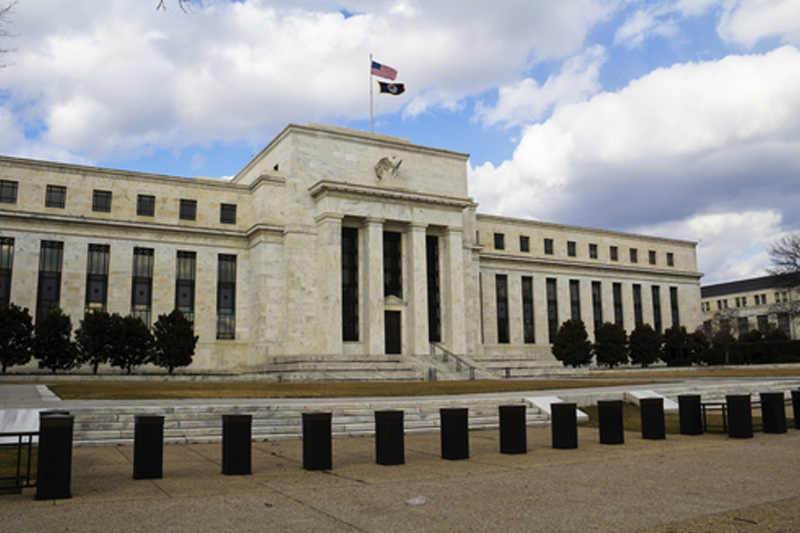(Bloomberg) -- The numbers might never again look so good for the Federal Reserve.
For the first time since the central bank introduced its 2 percent inflation objective in 2012, both the headline and core measures of year-on-year price moves hit their target on the nose last month, government figures showed Monday. And that came on top of a historically low unemployment rate of 3.7 percent.
Fed officials may briefly pat themselves on the back when they gather for a meeting in Washington next week. But it won’t last long. What really matters for policy making is not inflation now, but where inflation is headed, and that’s as murky as ever with people divided on whether it’s pushing higher or at risk of falling back.
After unsettling dips in 2015 and 2017, inflation appears on an upward trend, with pressures mounting. Strong government spending is expected to continue through most of next year, the U.S. consumer is in healthy shape -- with household debt-to-disposable-income at its lowest since 2001 -- and the labor market is expected to tighten further.
That backdrop has some Fed officials worried increasingly about upside risks.
Yet, as Societe Generale (PA:SOGN) SA senior U.S. economist Omair Sharif pointed out Monday in a note to clients, much of the recent data remain remarkably soft. Here are annualized figures for recent moves in the core personal consumption expenditures price index, which strips out volatile food and energy components from the Fed’s preferred gauge:
“There’s not much in the inflation data to suggest that the inflation overshoot the Fed is worried about is going to materialize,” he said.
Moreover, he adds, expectations in the bond market for annual inflation over the five years beginning five years from now have been relatively steady this year at just above 2 percent.
With unemployment so low, the Fed is still likely to keep raising interest rates until officials believe they’ve hit the level where policy neither propels the economy onward, nor holds it back. But if Sharif’s outlook proves correct, the Fed may end up taking a pause at that point.
“There’s very little reason for the Fed to push into restrictive territory,” he said.
